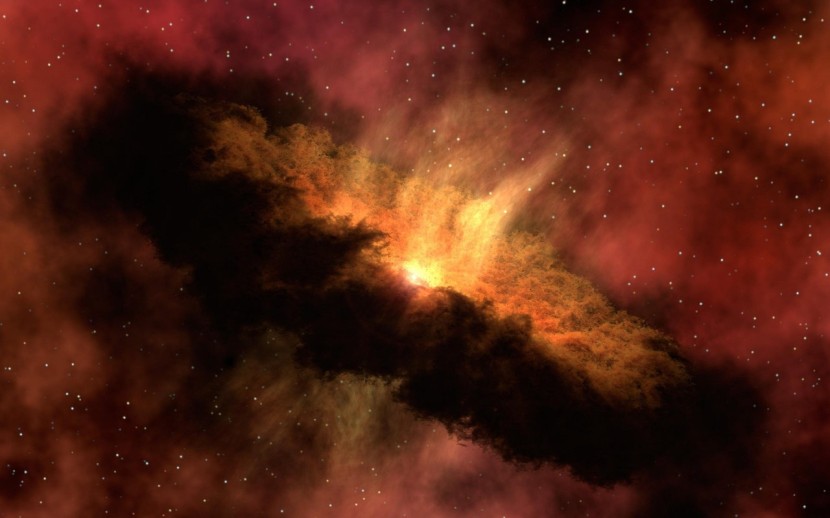
The National Aeronautics and Space Administration's (NASA) Hubble Space Telescope has spotted the farthest star astronomers have ever seen, which is located some 28 billion light-years from Earth and bears the name Earendel.
The star system from the early universe where the cosmic body was found is hidden from normal view from the Earth. But the universe bends around the vast bulk of a galaxy cluster, which creates a gravitational lens in spacetime, similar to the curved lens of a magnifying glass.
Farthest Star From Earth
Astronomers have given the far-away star system the official name of WHL0137-LS but have nicknamed it Earendel, based on the Old English word that means "morning star" or "rising light." The Earendel system that we can now observe was shining when the Big Bang was only less than 900 million years old.
An extended 12.8 billion years have passed before the light of the system reached the Hubble Space Telescope after it was magnified by a lucky trick of gravity. Astronomers discovered the system as a tiny smudge of photons on Hubble's image sensor. Experts said Earendel is 8.2 billion years older than our solar system's Sun and 12.1 billion years older than our planet's first animals, as per The Verge.
Astronomers estimate the size of the star to be between 50 to 500 times larger than our own Sun and several million times brighter. A study that detailed the findings of the star was published in the journal Nature on Wednesday.
Read Also: NASA Hubble Images Show Stunning View of the Heart of Massive Galaxy, Spiral Stunner [PHOTOS]
The new observation breaks the record that Hubble set in 2018 when it discovered a star that had existed when the universe was only about four billion years old. The discovery of Earendel could help experts investigate the early years of the universe.
According to CNN, co-author of the study, Victoria Strait, who is a postdoctoral researcher at the Cosmic Dawn Center in Copenhagen, said in a statement that peering into the cosmos means looking back in time. She added that these types of extreme high-resolution observations allow experts to understand the building blocks of some of the very first galaxies.
A Look Into a Young Universe
Astronomer Brian Welch of the Johns Hopkins University in Baltimore, who is the lead author of the paper that described the discovery, said that he and his colleagues were also shocked by the finding. Welch added that the distances normally showed galaxies as small smudges as the light from millions of stars blended together.
Welch added that they named the galaxy that hosted Earendel "Sunrise Arc" because it has been magnified and distorted by gravitational lensing to become a long crescent. He noted that the peculiar star may not have all the same raw materials as the stars around the Earth today.
Astronomers now expect Earendel to remain highly magnified for several years and will continue to be observed by NASA's James Webb Space Telescope. Webb's high sensitivity to infrared light will be crucial in learning more about the star because its light is stretched (redshifted) to longer infrared wavelengths due to the expansion of the universe, NASA reported.
Related Article:








